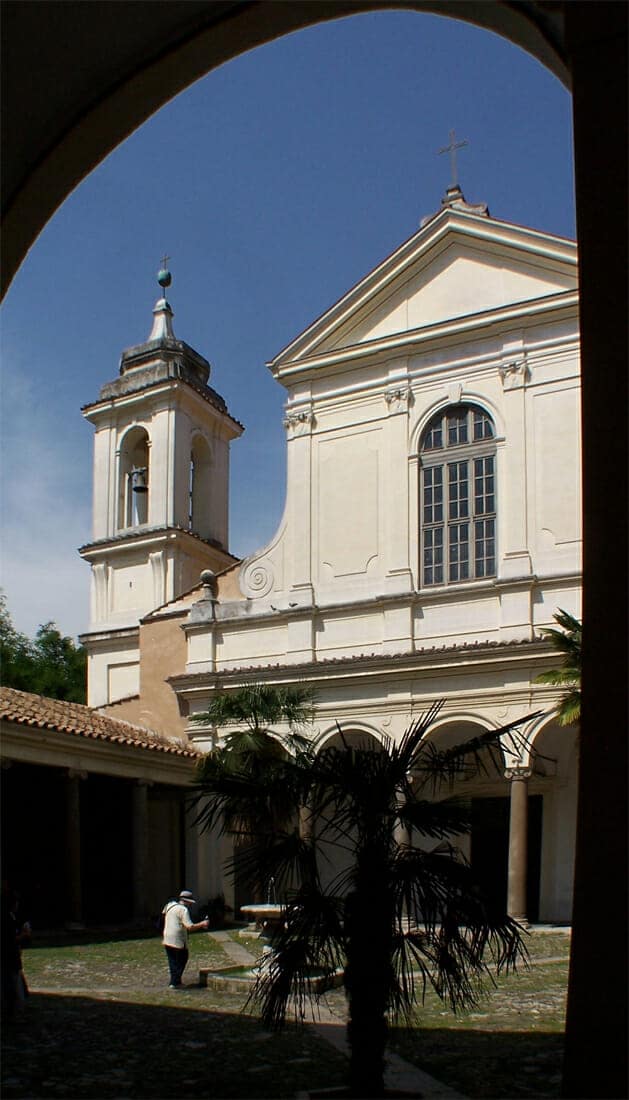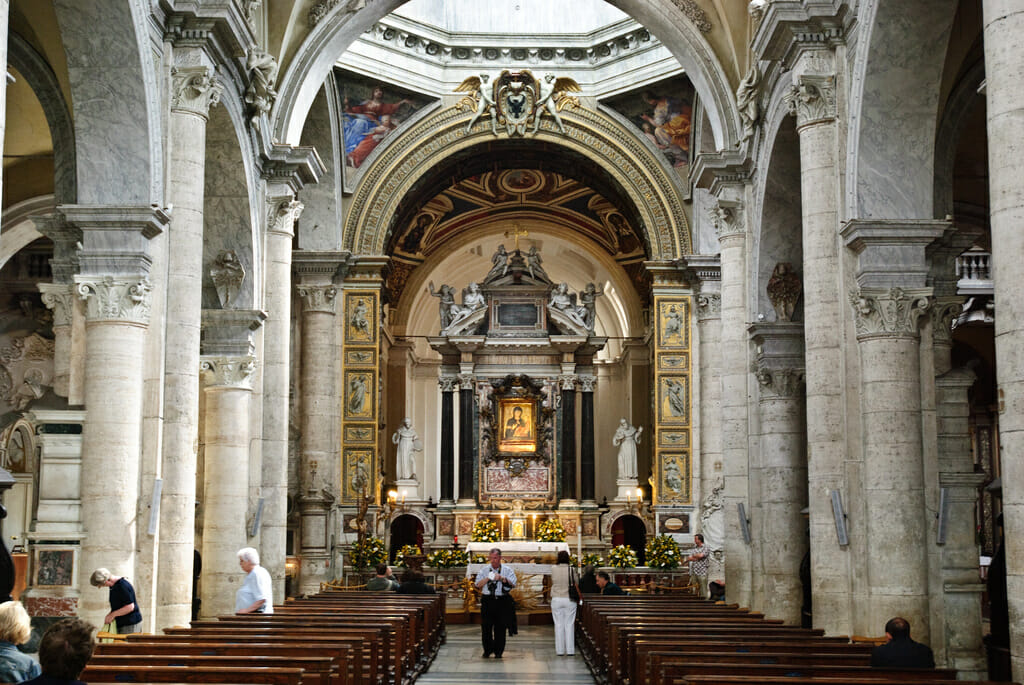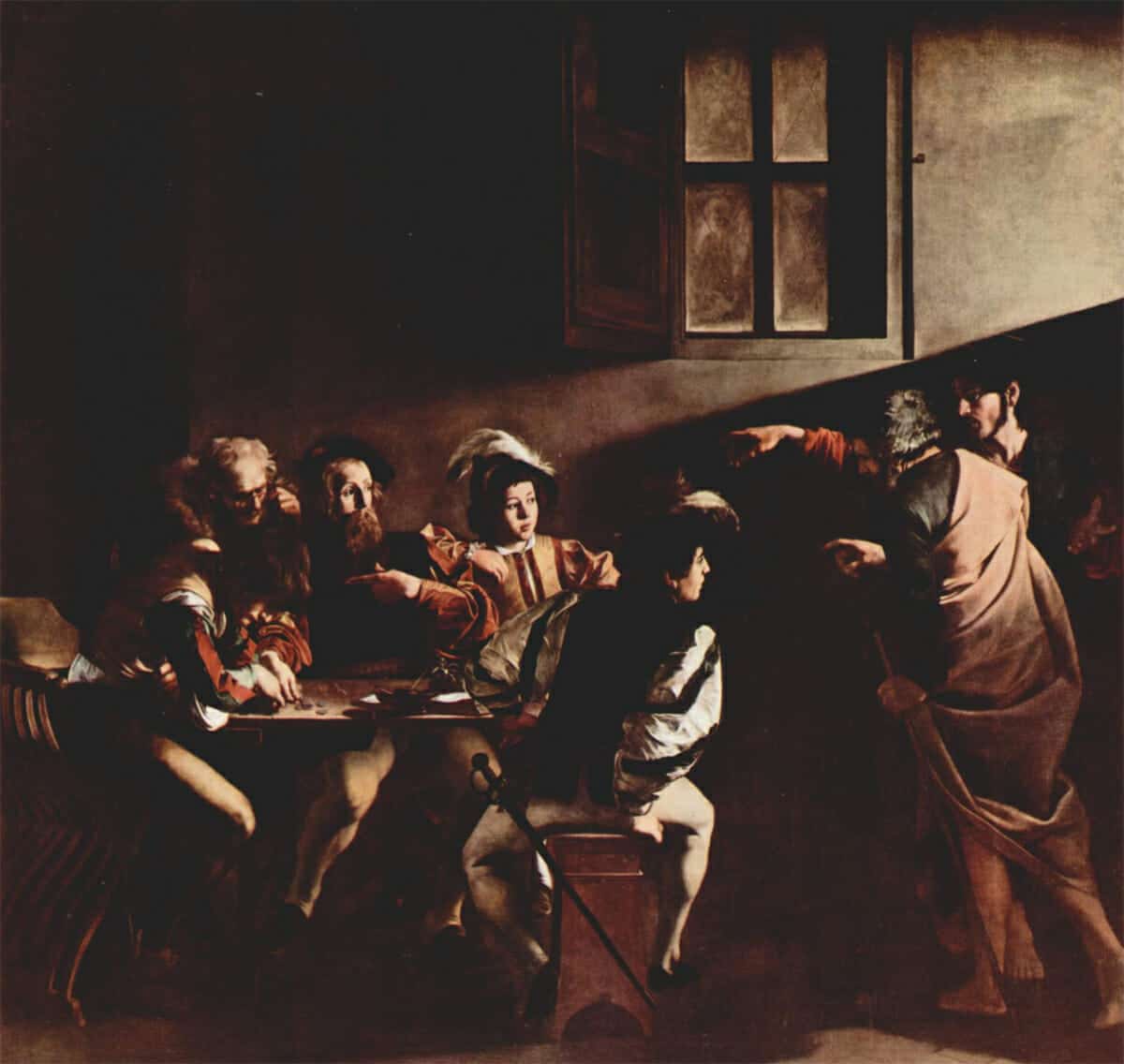There are nine hundred churches in Rome brimming with artefacts, so it can be rather overwhelming to decide which ones to see when you are visiting the Eternal city. Here are some suggestions.
A few minute walk from the Colosseum you will find the 12th century Basilica of San Clemente, that has one of the most opulent décors in the city. It is a great example of how Rome was built, layer after layer. The basilica stands on top of a 4th-century church that was constructed out of a Roman nobleman’s home, which, in turn, was built on top of first-century Roman buildings, one of which was a temple. The top floor has amazing Roman mosaics. At the lower levels some of the most impressive fragments of ancient Roman houses can be admired without having to queue.

Santa Maria della Pace is a real gem, just a short walk from Piazza Navona. You enter through the impressive 15th century door into the beautiful church. There you can admire Raphael’s famous 16th century frescoes “Four Sibyls receiving angelic instruction” commissioned by the prominent Chigi family and elegant Bramante’s cloister, the first work that the talented Renaissance architect in Rome.

The church of Santa Maria del Popolo looks plain from the outside, but don’t be fooled: it hides real treasures: the vaults are decorated with frescoes by Pinturicchio, the Chigi chapel is adorned with stunning Raphael’s mosaics, and the Cerasi Chapel holds two paintings by Caravaggio.
Another place to see works by great Caravaggio is the church of San Luigi dei Francesi, which has three of his masterpieces. One of them, the Calling of St Matthew, is regarded as one of the best works created by the Baroque master. The dim light in the Contarelli Chapel, which holds the paintings, adds to the Caravaggio’s dramatic play of light and shadows.

Those of you looking for something different might enjoy a visit to the 17th century church of Santa Maria della Concezione dei Cappucini. The crypt under the church is adorned with bones of 4000 Capuchin friars. The macabre décor is not there to frighten the visitors but make them reflect on matters of life and death.
Photos by: Berthold Werner, Kræn Bech-Petersen, The Yorck Project


